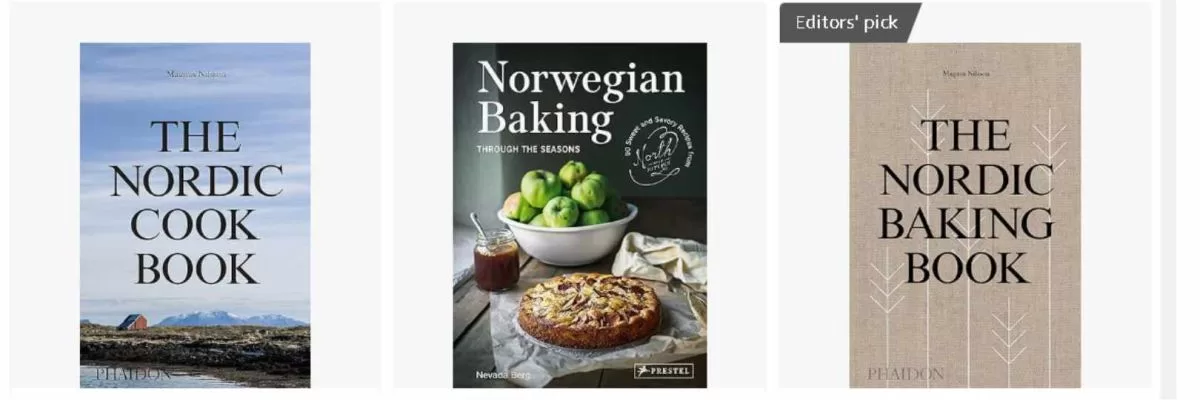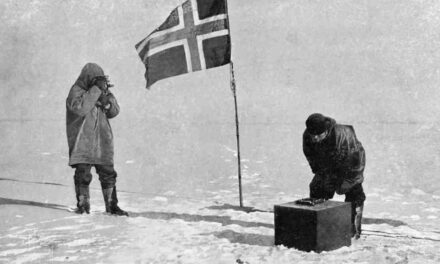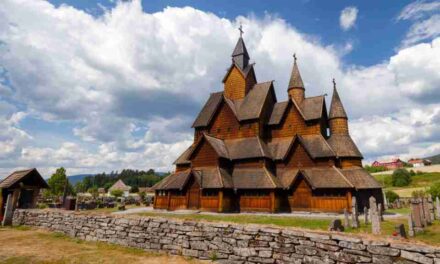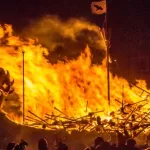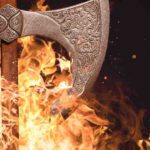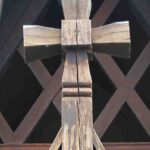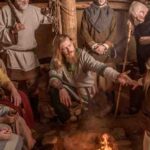Norwegian folk music, with its haunting melodies and rhythmic charm, has captivated audiences for centuries. This vibrant musical tradition is deeply woven into the cultural fabric of Norway, and its influence extends far beyond the country’s borders, reaching the hearts and souls of Norwegian Americans. In this article, we embark on a journey to explore the magic of Norwegian folk music, delving into its traditional tunes, instruments, and the profound influence it holds over Norwegian Americans, forging a deep connection to their ancestral heritage.
- The Essence of Norwegian Folk Music: Norwegian folk music encompasses a rich tapestry of melodies, rhythms, and storytelling. Drawing inspiration from nature, folklore, and daily life, it evokes a range of emotions, from melancholy to joy, weaving a musical narrative that reflects the soul of Norway.
- Traditional Tunes and Instruments: Norwegian folk music features a variety of traditional tunes, including the halling, gangar, and springar. These lively and expressive melodies are often accompanied by unique instruments such as the Hardanger fiddle, langeleik (zither-like instrument), and the traditional Norwegian accordion. The distinct sound of these instruments adds depth and character to the music, creating a mesmerizing experience.
- Influence of Nordic Nature: Norwegian folk music is deeply rooted in the country’s awe-inspiring natural landscapes. The haunting tunes, inspired by the sound of wind, water, and mountains, transport listeners to the breathtaking fjords, serene forests, and vast open spaces of Norway. Norwegian Americans feel a profound connection to their ancestral homeland as they immerse themselves in the evocative melodies that capture the essence of Nordic nature.
- Folklore and Mythology: Norwegian folk music weaves together the threads of folklore and mythology, keeping ancient tales alive through song. Stories of trolls, giants, and mythical creatures find expression in the music, bridging the gap between generations and connecting Norwegian Americans to the mythical world of their ancestors.
- Social Gatherings and Celebrations: Folk music has long been an integral part of social gatherings and celebrations in Norway. Norwegian Americans carry this tradition forward, organizing events, dances, and music festivals that showcase the joy and community spirit found in Norwegian folk music. These gatherings serve as a vibrant reminder of the shared cultural heritage and offer an opportunity for Norwegian Americans to reconnect with their roots.
- Passing Down the Tradition: Norwegian Americans actively participate in preserving and passing down the tradition of Norwegian folk music. Many join local folk music groups, where they learn traditional tunes, play instruments, and share the joy of creating music together. By keeping the music alive, Norwegian Americans ensure that future generations can continue to embrace and appreciate this integral part of their heritage.
- Contemporary Fusion and Innovation: While traditional folk music forms the foundation, Norwegian folk music has also evolved with contemporary influences. Norwegian American musicians explore innovative ways to incorporate new sounds and genres into their performances, blending the old with the new. This fusion of traditions and innovation keeps the music relevant and accessible to diverse audiences, expanding its reach beyond cultural boundaries.
- Cultural Identity and Connection: Norwegian folk music serves as a powerful catalyst for Norwegian Americans in their search for cultural identity and connection. The music acts as a bridge between the past and the present, enabling Norwegian Americans to explore their ancestral heritage and strengthen their ties to their Norwegian roots. It provides a sense of belonging and a deeper understanding of their cultural identity.
- Inspiration for Art and Creativity: Norwegian folk music sparks inspiration in various forms of artistic expression. Norwegian American artists, writers, and performers draw upon the melodies and themes of folk music to create paintings, poetry, and theatrical performances. The music’s evocative nature serves as a wellspring of creativity that enriches the artistic landscape of Norwegian American communities.
- Bridging Cultures and Building Bridges: Norwegian folk music acts as a cultural bridge, fostering connections between Norwegian Americans and the wider world. Through performances and collaborations, Norwegian American musicians introduce the beauty of their heritage to diverse audiences, promoting cross-cultural understanding and appreciation.
Conclusion:
Norwegian folk music holds a captivating and transformative power, resonating with Norwegian Americans and kindling a deep connection to their ancestral heritage. The traditional tunes, inspired by nature, folklore, and everyday life, transport listeners to the heart of Norway’s cultural tapestry. Norwegian Americans, through their passion for this enchanting music, keep the traditions alive, bridging generations and maintaining a profound link to their roots. Norwegian folk music is not only a celebration of the past but also a source of inspiration, artistic expression, and cultural connection that continues to thrive within Norwegian American communities.




